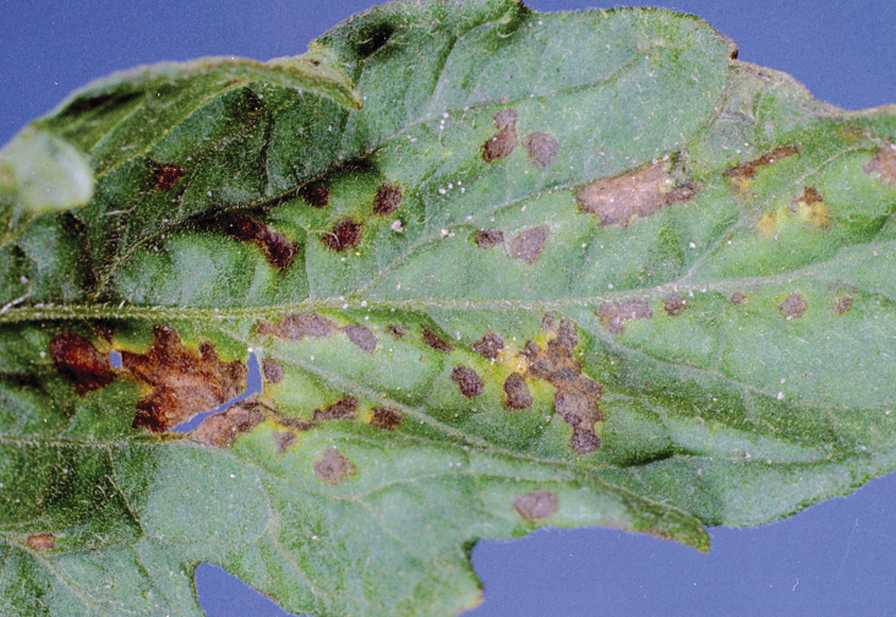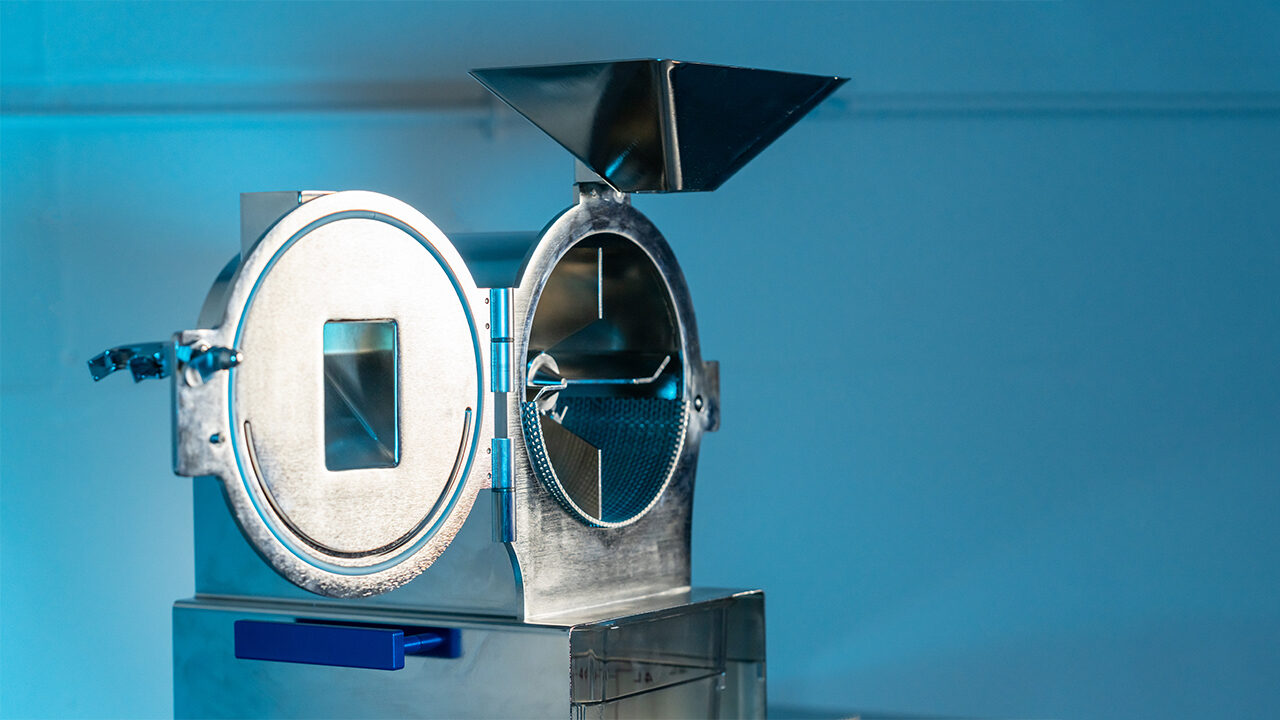Managing Bacterial Leaf Spot Resistance in Greenhouse Vegetables

Bacterial spot is one of the most serious diseases of tomato and can spread rapidly during warm periods with wind-driven rains, and fruit symptoms reduce marketability.
Photo courtesy of Clemson University
Copper applications for the control of bacterial diseases in vegetables has been a mainstay for years and is often applied in weekly protectant fungicide programs. However, copper resistance in bacterial leaf spot of tomato and pepper crops is becoming more widespread.
In 2020 and 2021, with help from Dr. Nrupali Patel and Dr. Don Kobayashi, bacteriologists in the Rutgers University Department of Plant Biology, a survey was initiated to determine which species of bacterial leaf spot are most prevalent in New Jersey tomato and pepper crops. Bacterial leaf spot can be caused by four species of Xanthomonas: X. euvesicatoria, X. vesicatoria, X. perforans, and X. gardneri. Currently, there are four races of bacterial leaf spot found in tomato (T1-T4; one for each of the 4 species stated above) and eleven races found in pepper (0-10).
Differential tests in southern New Jersey using various bell pepper lines over the past 15 years has suggested that the number of races of bacterial leaf spot in pepper has increased over time. Lab testing results from samples collected the last two summers has shown the presence of X. euvesicatoria in pepper, as well as X. euvesicatoria and X. perforans in both tomato and pepper in the state, with around 50% of all samples testing positive for copper resistance.
Growers who have used copper applications for controlling bacterial leaf spot in crops such tomato or pepper for many years should always monitor for efficacy. If you notice or have noticed a loss in copper efficacy over time, then there is a good chance copper resistance is present. Once copper resistance is detected, further applications will be unwarranted and ineffective. The only method to truly determine if copper resistance is present is through laboratory testing; however, growers who pay close attention to efficacy should have a good idea if copper is still effective.
Learn more in this pest alert from Rutgers, and for more information on research and control options, check out this presentation.









